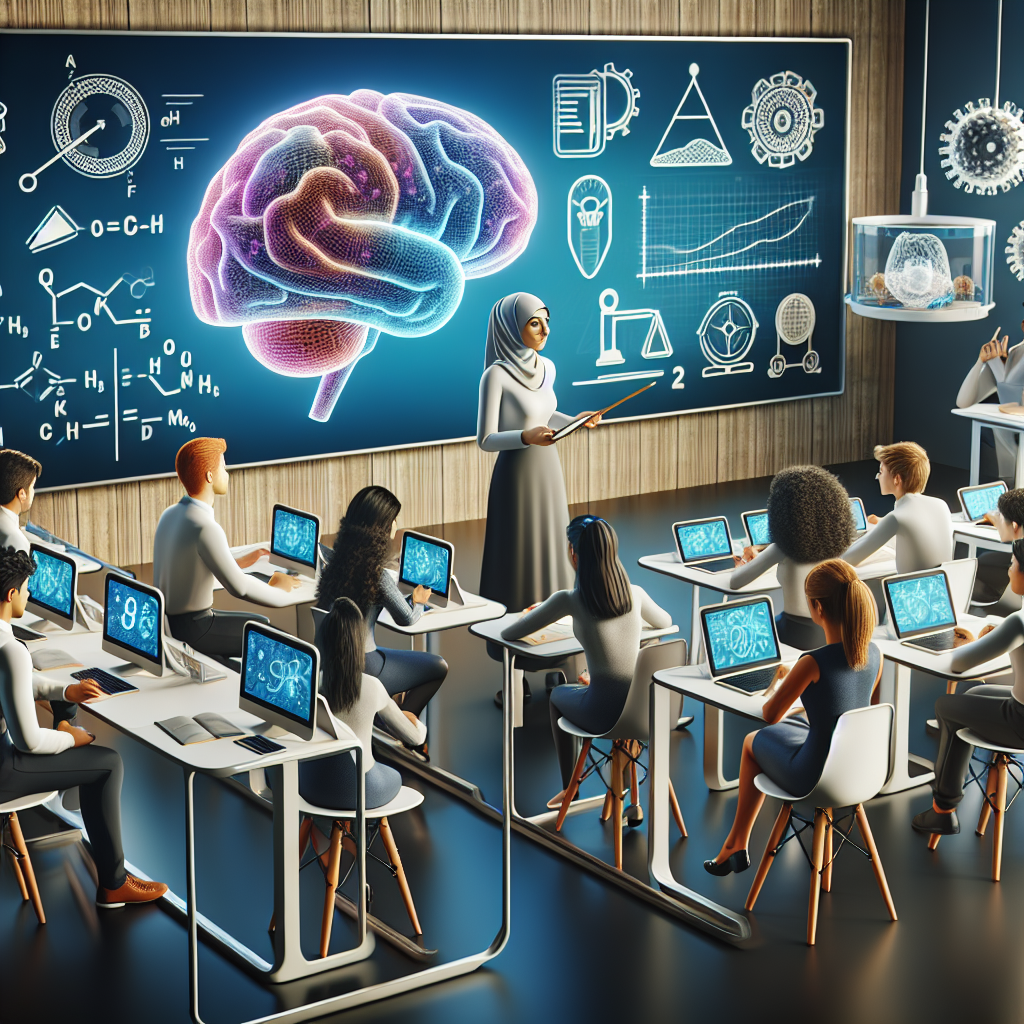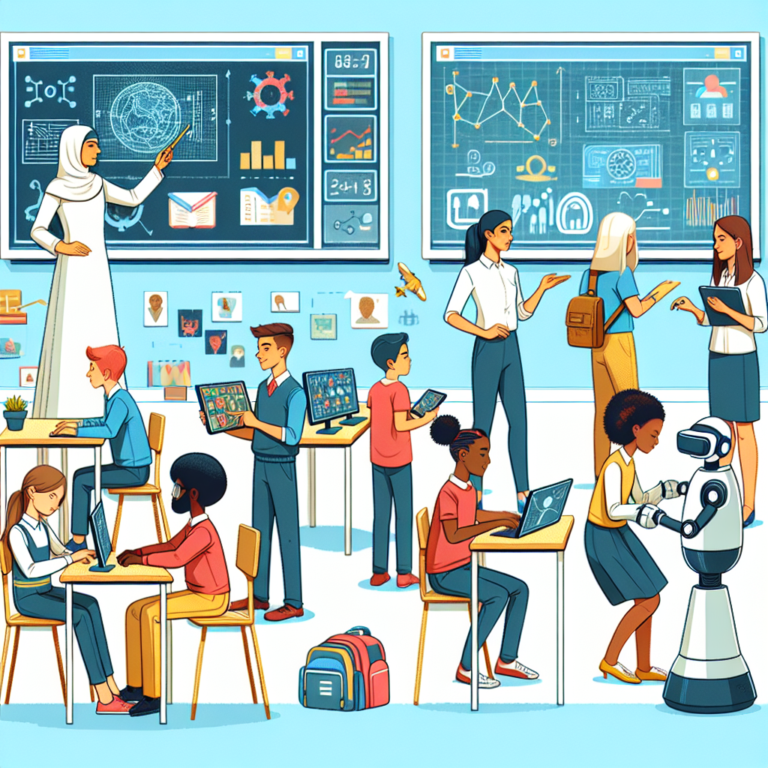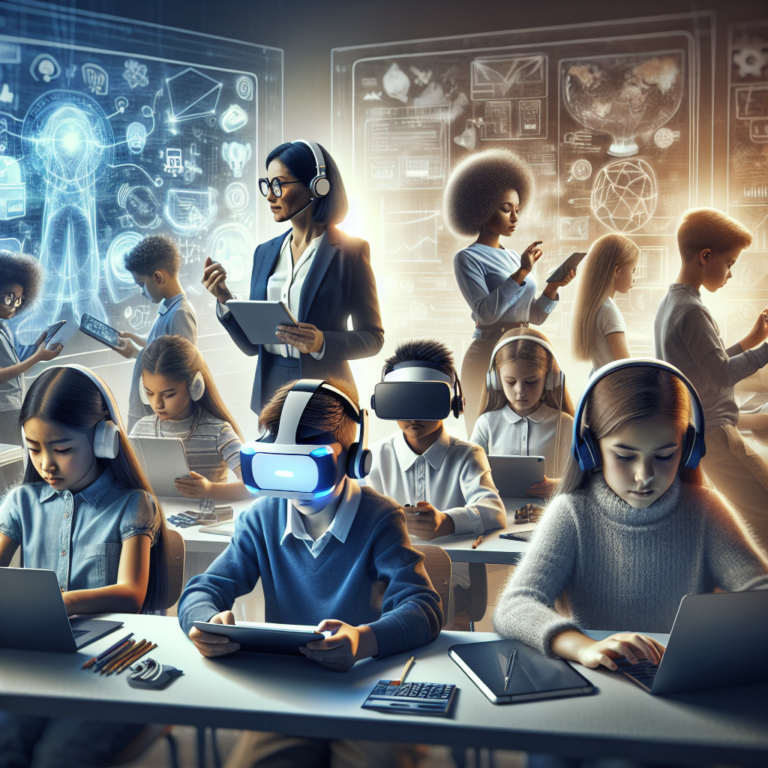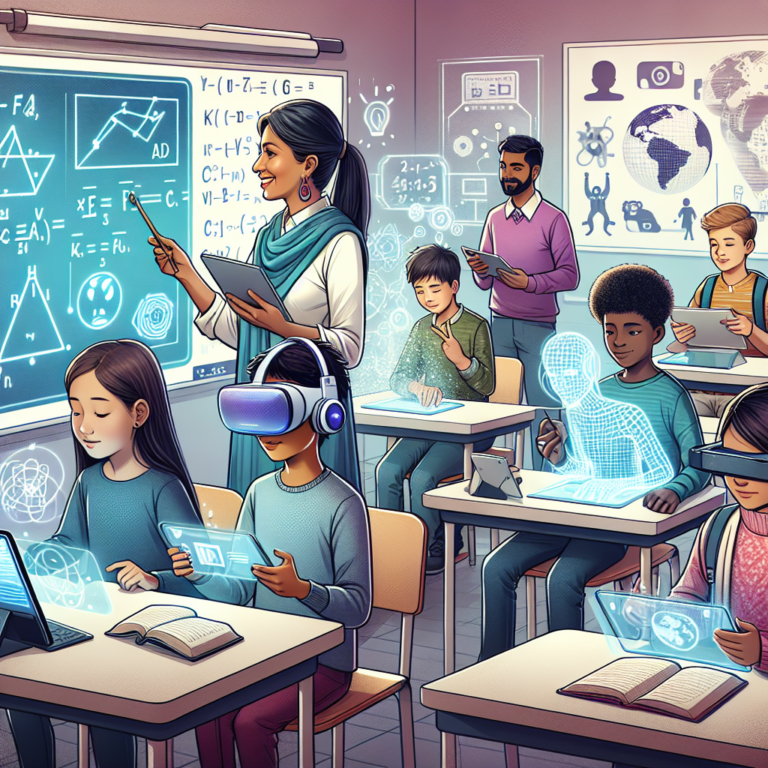The Impact of Technology in Education
In the rapidly evolving world of education, technology has become a cornerstone. From elementary classrooms to university lecture halls, digital tools and platforms are reshaping the educational landscape. With this integration comes a myriad of pros and cons that educators, students, and parents must navigate. In this article, we’ll delve into the significant impact of technology in education, exploring its benefits and potential drawbacks.
Understanding Technology’s Role in Learning
Technology in education encompasses a broad spectrum of tools, including computers, tablets, software, and the internet. These tools serve multiple functions, from delivering content and resources to facilitating communication and collaboration.
The Shift to Digital Classrooms
The traditional classroom is no longer confined to physical textbooks and chalkboards. Digital tools have enabled a more dynamic learning environment where interactive multimedia, virtual simulations, and online resources enhance the educational experience.
Advantages of Technology in Education
The incorporation of technology into educational settings has brought about considerable advantages that cater to diverse learning styles and needs.
Enhanced Access to Information
One of the most significant benefits of technology in education is the democratization of knowledge. Students can access a vast array of information and resources at their fingertips, breaking down barriers that once limited learning opportunities.
Personalized Learning Experiences

With technology, educators can tailor instruction to individual student needs. Adaptive learning software and educational apps allow for personalized pacing and content, catering to different learning styles and proficiency levels.
Improved Engagement and Motivation
Interactive and multimedia content can make learning more engaging and enjoyable. Gamification, videos, and simulations can stimulate interest and motivation, leading to better educational outcomes.
Collaboration Beyond Classroom Walls
Technology enables students to collaborate with peers worldwide, fostering a global perspective. Online forums, social media, and collaborative platforms like Google Workspace empower students to work together, share ideas, and learn from one another.
Preparing Students for the Future
A tech-savvy education system prepares students for the digital world. By incorporating technology into the curriculum, schools equip students with the digital literacy and skills necessary for the workforce.
Disadvantages of Technology in Education
Despite its benefits, technology in education is not without its challenges and potential disadvantages.
Potential Distractions and Overreliance
The presence of devices in the classroom can lead to distractions. Additionally, an overreliance on technology may impede the development of critical thinking and problem-solving skills, as students might default to technology for quick answers.
Digital Divide and Equity Issues
Not all students have equal access to technology. The digital divide can exacerbate existing inequalities, leaving some students at a disadvantage. Schools must address this gap to ensure equitable learning opportunities for all.
Privacy and Security Concerns
The use of educational technology raises concerns about data privacy and cybersecurity. Schools must implement robust security measures to protect student information and ensure a safe online learning environment.
Impact on Physical and Mental Health
Prolonged screen time and sedentary behavior associated with technology use can impact physical health. Additionally, the pressure to be constantly connected can affect students’ mental well-being.
Addressing the Challenges of Technology in Education
To harness the potential of technology while mitigating its disadvantages, strategic approaches and policies are necessary.
Implementing Balanced Technology Use
Educators should strive for a balanced approach, combining traditional teaching methods with technological tools. This ensures that students benefit from both hands-on experiences and digital learning.
Bridging the Digital Divide
Schools can work towards equity by investing in one-to-one device programs, providing internet access to underserved communities, and offering training to ensure all students can utilize technology effectively.
Prioritizing Privacy and Security
It’s crucial to prioritize student data privacy and cybersecurity. Schools should educate students on digital citizenship and implement comprehensive security protocols.
Encouraging Healthy Tech Habits
To address health concerns, schools can promote healthy technology habits. This includes educating students on the importance of breaks, physical activity, and mindful technology use.
Technology in Education: A Balanced Perspective
While there are clear advantages to integrating technology in education, it’s vital to recognize and address its potential pitfalls. By doing so, educators can create a learning environment that leverages technology’s strengths while fostering critical thinking, creativity, and well-being.
Technology as a Tool, Not a Replacement
It’s important to view technology as a tool that enhances education, not a replacement for traditional teaching methods. Educators are irreplaceable in guiding, mentoring, and inspiring students.
Continuous Evaluation and Adaptation
The impact of technology in education requires ongoing assessment. Educators should continuously evaluate the effectiveness of technology in the classroom and adapt strategies to ensure it supports student learning goals.
The Future of Technology in Education
Looking ahead, technology will continue to play a pivotal role in education. Innovations such as artificial intelligence, virtual reality, and adaptive learning platforms promise to further transform the educational experience.
Embracing Emerging Technologies
Educators and policymakers must stay abreast of emerging technologies and consider how they can be integrated responsibly into the curriculum.
Fostering Lifelong Learning
Technology can support lifelong learning by providing access to continuous education and professional development opportunities, ensuring individuals can upskill and reskill throughout their careers.
Conclusion
The integration of technology in education is an ongoing journey with significant impacts. By embracing its advantages and thoughtfully addressing its challenges, we can ensure technology serves as a powerful ally in educating and empowering the next generation.
With careful consideration and strategic implementation, technology in education can unlock new possibilities for teaching and learning, paving the way for an innovative and inclusive future in education.









